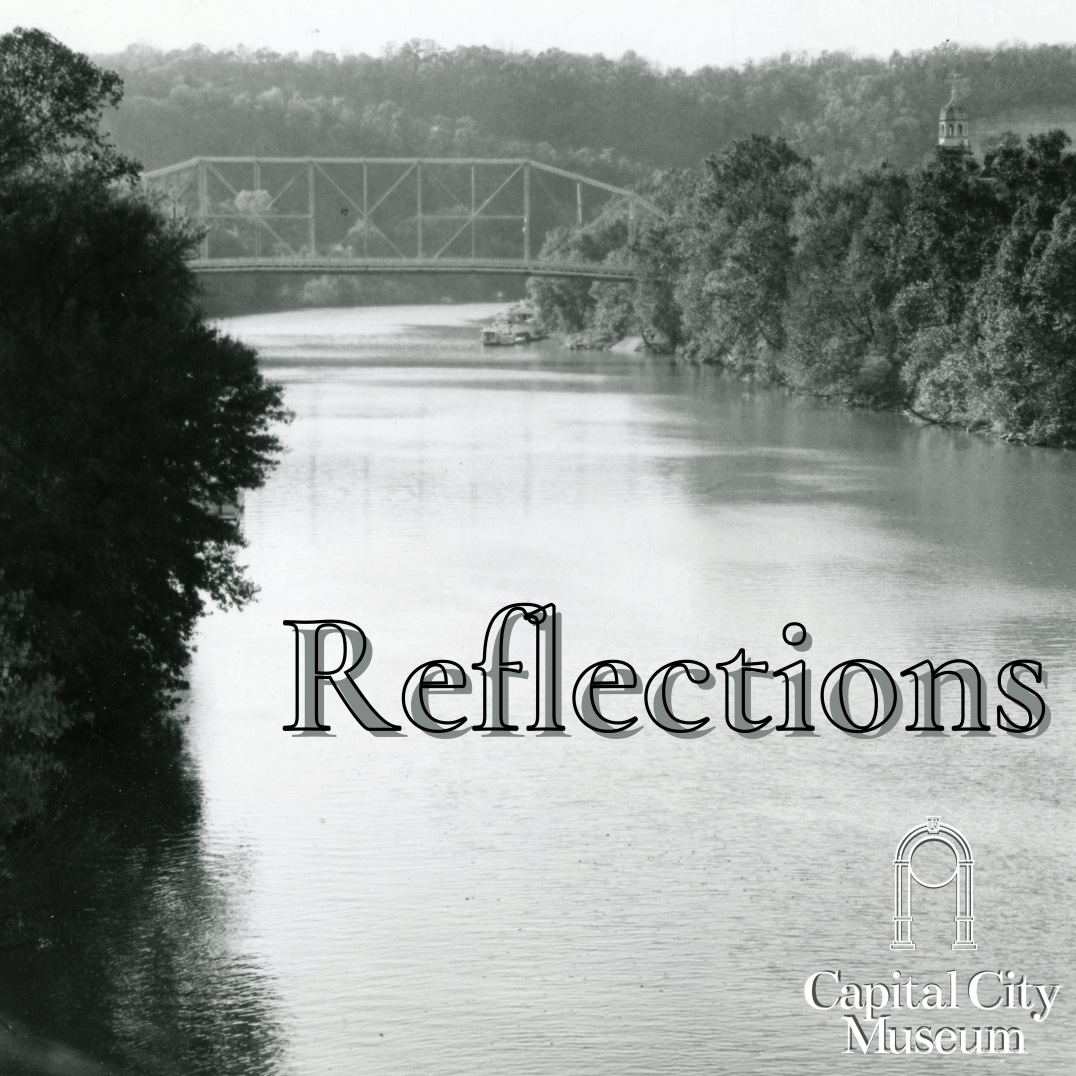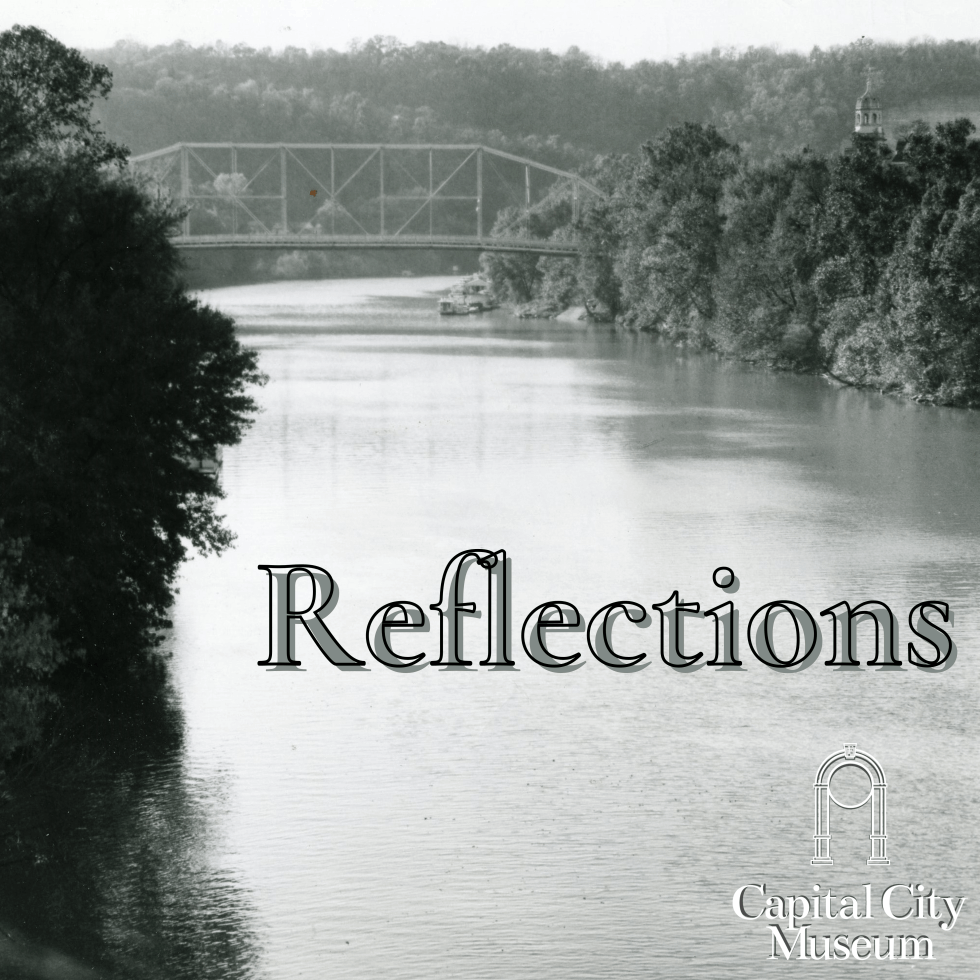The Bourbon Ball
I admire Ruth Booe and Rebecca Gooch whose candy making prowess provided the genesis of Frankfort’s most famous confection but I’d like to also focus on a house keeper at the Frankfort Hotel, Fannie Rump. I know very little about Ms. Rump but I know she had courage. It must have taken a long time for Fannie to save $50 after all cleaning hotel rooms in the early nineteen hundreds was a menial job. Women were not paid equal wages with men. Employment opportunities did not abound. Ms. Rump must have seen something in the determination of Ruth Hanley Booe whose candy making business had been destroyed in a fire. Mrs. Booe had applied at a local bank for a loan to restart her business. Yes, she was turned down. You can’t possibly be surprised; women were not seen as capable of running a business. Yet, Rebecca Ruth Candies continues to this day and Fannie Rump soon saw the return of her $50 investment.
It began in 1919, two Frankfort women, Ruth Hanly and Rebecca Gooch began candy making after accolades from friends and family convinced them a living could be made from chocolates. Prohibition meant the bar of the Frankfort Hotel on Main Street was available so this location became the first home of the candy making enterprise.
The business prospered and the partnership seemed assured, Ruth married Douglas Booe and sold her interest to Rebecca and moved to Ft. Thomas, Kentucky where she continued making candy. After Mr. Booe’s death a few years later, Ruth and her son moved back to Frankfort to live with her parents. In 1929, Rebecca married and sold the shop to Ruth who moved the operation to nearby Jett. The fire and the advent of the depression almost spelled the end of the venture. Fannie Rump’s $50 loan provided the means for Ruth to continue. This time she began to experiment with new tastes, the first called Mint Kentucky Colonels.
The idea of putting bourbon in candy came after a friend’s chance remark that the two best tastes in the world were a sip of bourbon and Mrs. Booe’s candy. It took two years to perfect the still secret process of blending bourbon and candy into the now world famous bourbon balls. So popular was the confection that during World War II, patrons saved their personal sugar rations, bringing them to Ruth to make candy for them. A big boost came in 1947 when the New York Times’ food editor recommended Rebecca Ruth candies to her readers.
Mrs. Booe retired in 1964 but kept her hand in the company until her death in 1973. Her son took over operations and now her grandson heads up the company. Some of the equipment used today is original to the business including a marble slab which came from the bar of the Frankfort Hotel, the first home of Rebecca Ruth Candies.






